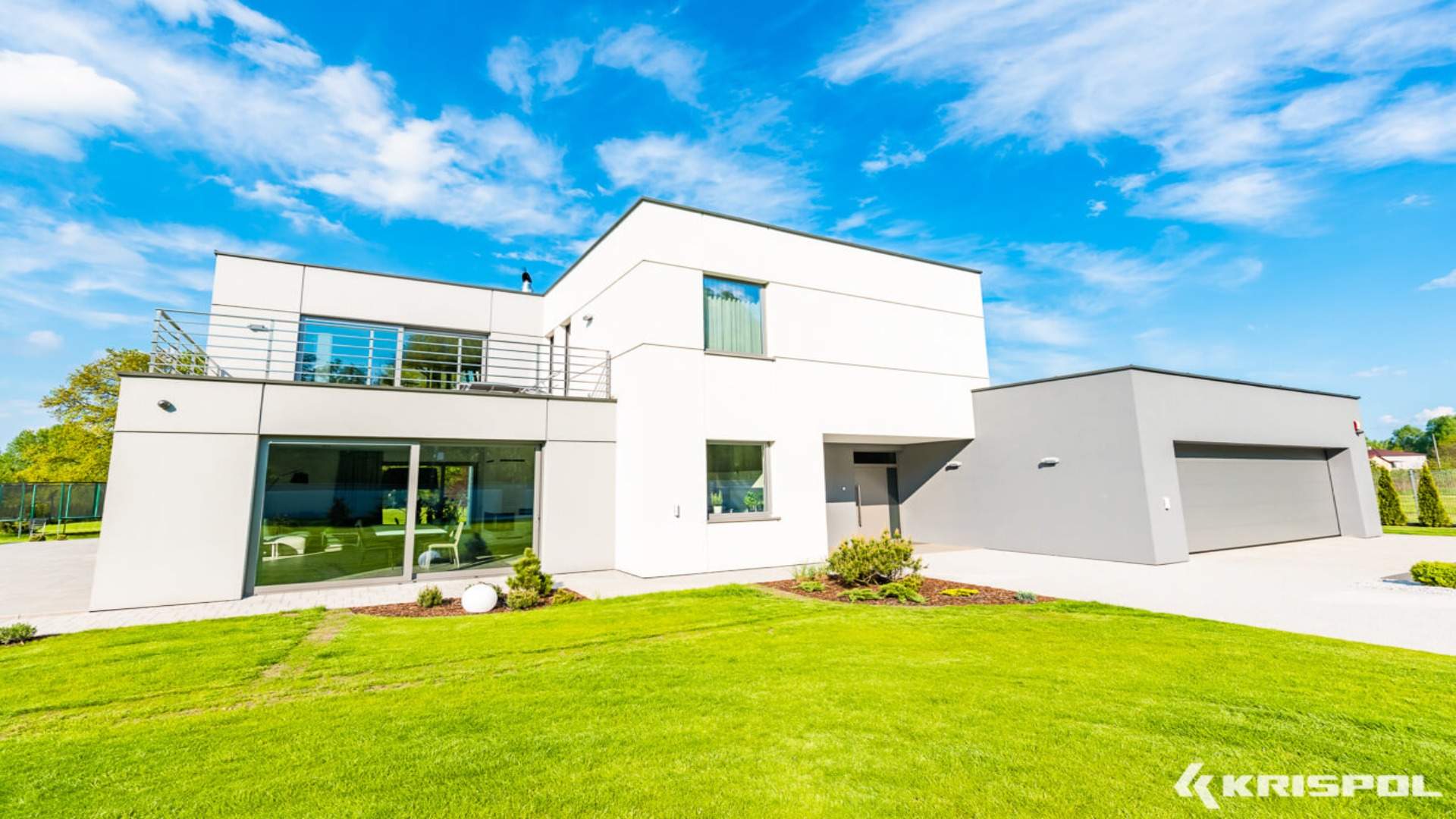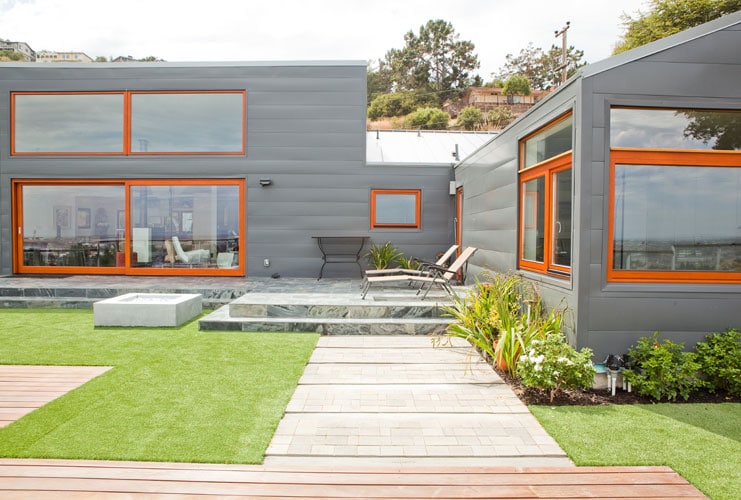
What are the benefits of building to passive house standards?
<< A child-safe home. Four solutions to consider. | How long do uPVC windows last? >> |
Reading Time: 3 minutes
A passive house is the best investment, not only for economic but also for health reasons. Passive houses are most often chosen by conscious investors, for whom it is important to live and stay in healthy buildings, to guarantee their children the highest temperature comfort and air quality, who think about the increase of the investment value and the safety of household budgets during its operation.
Our experience so far has shown that the vast majority of them are people who, before commissioning the design documentation of a passive standard building, systematically increased their knowledge and are perfectly familiar with all aspects related to this standard. We have reached the point where we are not surprised by the huge number of investors who contact the Passive Building Institute to verify the design documentation or have a building certified to confirm the passive standard in their buildings.
Constantly growing awareness of the investors and their growing requirements cause the idea of passive buildings to be expanded by another issue – e.g. searching for healthy materials which will not hurt the health of the inhabitants. We can observe an increasing interest in and return to materials of natural origin, which positively influence and regulate the microclimate inside buildings of the highest energy standards.
Each investor should remember and bear in mind that we spend over 80% of our lives in buildings for various purposes. The conditions in which we live and work have a direct impact on our health and well-being, and indirectly on all other aspects of our lives.

Temperature comfort and air quality are influenced by several factors. Firstly, the required air tightness of 0.6 h-1 in passive buildings guarantees that there will be no uncontrolled air movements in the form of draughts known from so-called “traditional construction”. At the same time, the occupants of passive buildings have a constant supply of fresh, clean air, which is guaranteed by a well-designed mechanical ventilation system, which additionally recovers heat, and in some cases also cold from the used air. Therefore, a passive house does not require the commonly known, random and not guaranteeing comfortable air quality during ventilation. There are also no cold spots in its interiors. A properly designed and constructed passive house works independently of external weather conditions. Due to the very high quality of the building’s outer walls and its airtightness, temperature comfort is ensured even when extreme temperatures are present for a long time.
Investing in a passive building also works well in terms of space for rent or communal facilities. Such a model has been in place for many years, e.g. in Germany and Austria, where passive buildings are regarded as an excellent source of income for rent and as investments that are extremely cheap to maintain for city and municipal budgets. Many people have also noticed that these buildings do not lose their value about other buildings from the same period, and in fact, their value gradually increases. For this, however, we need greater awareness as users. Each of us should take into account the conditions in which we spend, on average, 80% of our lives.
